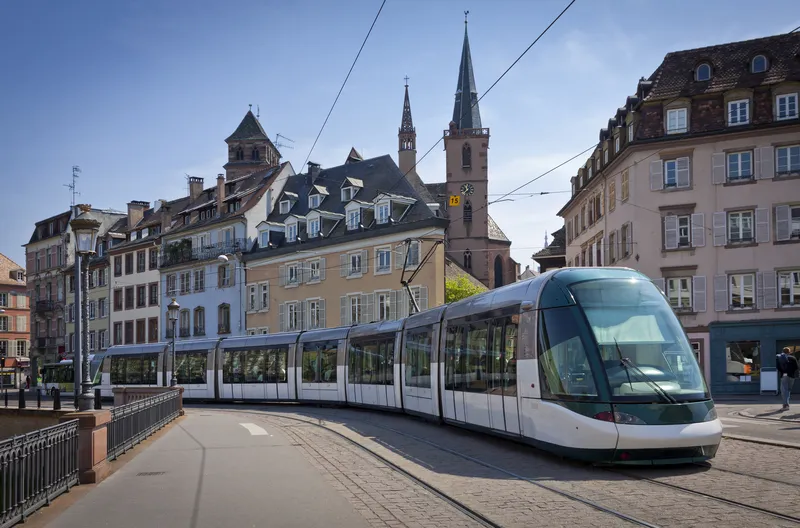MEPs are urging the European Commission (EC) to present a timetable with clear targets for what the European Union needs to achieve between 2019 and 2029 to speed up the deployment of connected intelligent transport systems (C-ITS) technologies. The resolution has been approved with 633 votes in favour, 43 against and 11 abstentions.
In addition, they added that C-ITS services that have the highest safety potential should be a priority.
István Ujhelyi, rapporteur, said: “Automation is knocking at the door and all vehicles should communicate and be connected with each other and the infrastructure. We already have mature C-ITS technologies today. For the future, we support technological neutrality only with backward compatibility. C-ITS is the key element for secure and safe mobility all over Europe.”
MEPs are requesting that the EC, local authorities and governments should provide proper funding to upgrade and maintain the road infrastructure. Car manufacturers and telecom operators should cooperate for the smooth deployment of C-ITS communication technologies, road charging and digital tachograph services.
Additionally, smart vehicles should comply fully with General Data Protection Regulation and related rules as well as highlight the need for applying high standards of cybersecurity as the transport system becomes more digitised and connected.
Special attention should be given to urban driving, which involves greater interaction with motorcyclists, cyclists and pedestrians.
MEPS call for timetable with targets to accelerate C-ITS
MEPs are urging the European Commission (EC) to present a timetable with clear targets for what the European Union needs to achieve between 2019 and 2029 to speed up the deployment of connected intelligent transport systems (C-ITS) technologies. The resolution has been approved with 633 votes in favour, 43 against and 11 abstentions. In addition, they added that C-ITS services that have the highest safety potential should be a priority. István Ujhelyi, rapporteur, said: “Automation is knocking at the door
March 14, 2018
Read time: 2 mins










